Sustainable Turf Species For A Greener Lawn
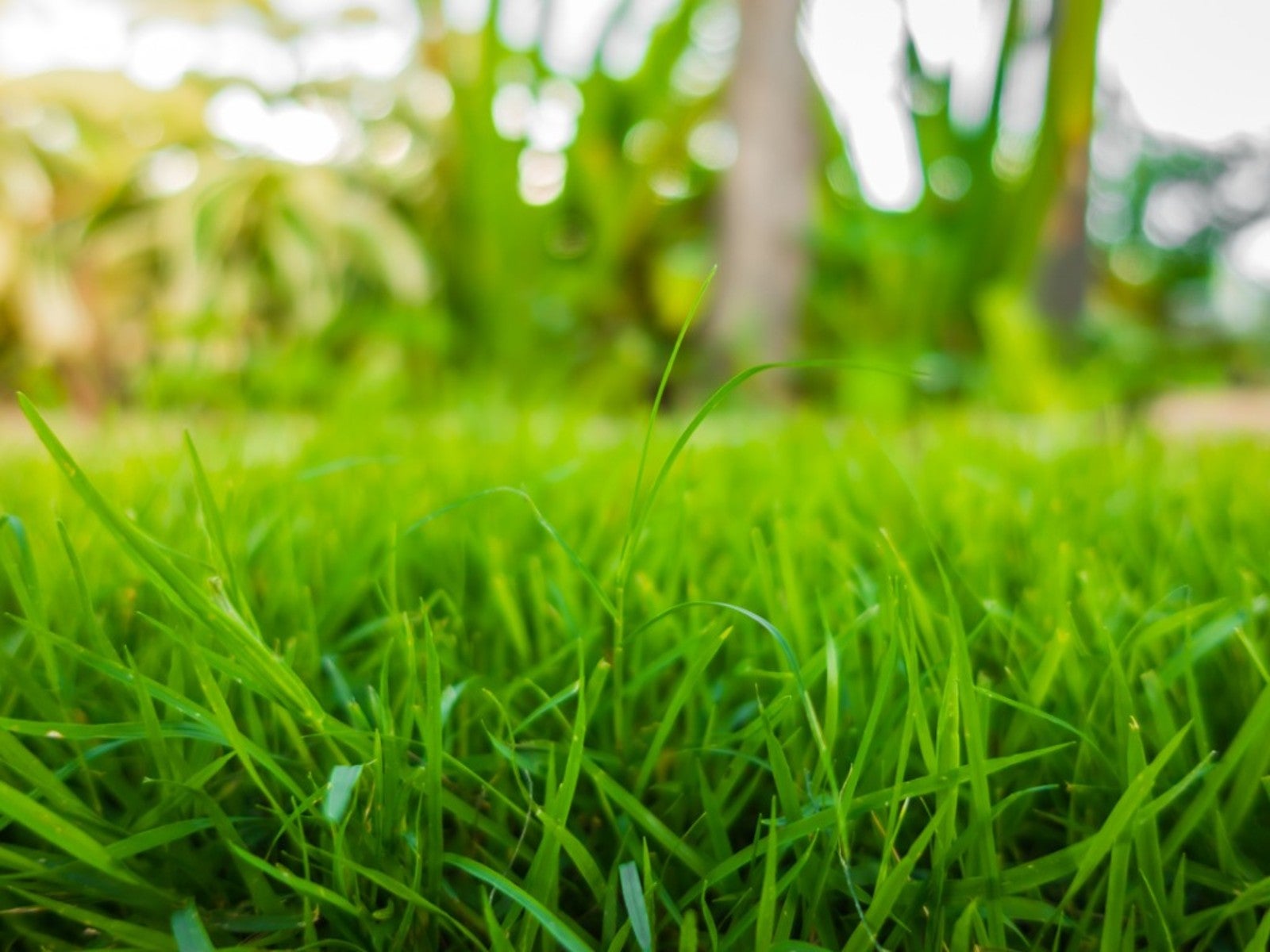

It has long been a dream to have a house with a verdant, green lawn. Such a dream comes at a cost though, with intensive water needs, herbicide and pesticide application, and a huge quantity of nitrogen fertilizer. Finding a sustainable low maintenance grass can help save money, the environment, and time. Eco-friendly sod is available for lawn replacement or to start a new turfgrass area. If you don’t want to replace existing grass, there are practices that will also reduce the environmental impact that can make a real difference.
Turfgrass breeding is an extensive study that seeks to develop strains that are resistant to pests and disease, drought tolerant, and having other desired traits. It also seeks to develop sustainable grass seed that will diminish negative impacts on soil, resources, and waterways. Eco-friendly grass seed has been a goal of turfgrass specialists for decades, and the products are finally widely available. Some of these eco-friendly seeds are for traditional lawn grass, while others are developed using wild, native grasses.
Traditional Sustainable Turf
Depending upon the zone, there have always been more sustainable turf seeds. Grasses that need less nitrogen, have reduced summer stress, and are tolerant of foot traffic are already in lawns. Zoysia grass needs little fertilizer, is drought tolerant, and doesn’t need mowing frequently. It is a warm season grass that will easily spread, covering any gaps. It outcompetes most weeds, minimizing the use of herbicides. Tall fescue is another water wise grass due to the large root mass. It needs less fertilizer than a variety such as Kentucky bluegrass. Fine fescue is a good environmentally friendly turf for shady areas. Shade grass is notoriously finicky, but fine fescue varieties perform well in low light with fewer fertilizer needs and moderate water wants. Hard and sheep fescues are also low maintenance.
Native Grasses as Turfgrass
Wild grass species native to the area have a great advantage over developed turfgrass. They are naturally adapted to the region, have innate resistance to disease and pests, and are suited to the climate and soils. Wild turfgrasses are usually a combination of species. This will improve the appearance of the lawn and mimic natural stands. They need less mowing and water and are resistant to many diseases and insect pests of the area. They also reduce soil erosion, provide food for animals and insects, have a deep root system, and acquire fewer weeds. Native grasses may produce a less manicured, golf course type lawn, but their stoicism and adaptability reduce chemical, water, and equipment output. Some of the grasses being used in native mixes are buffalo grass, blue grama, and curly mesquite. These grasses are suitable for the south but not as effective in the north.
Eco-friendly Management Practices
If replacing the lawn is not an option, the sustainability factor can be increased by best practices. Using organic and non-toxic products as herbicides and pesticides minimizes the toxins going into soil and the water table. Keep the lawn aerated for best percolation of moisture to the roots. Dethatch every few years to prevent suffocation of the roots and to allow air and moisture into the soil. Mow the lawn only to a height of 3 inches (8 cm) to minimize moisture loss and reduce weed seed germination. A light layer of grass clippings filtered into the mulch is the equivalent of one-third the nitrogen the lawn requires. Water before the sun comes up so moisture has time to soak into the grass before it evaporates. Consider using timers to regulate water flow and time of day. Add a layer of compost annually as a source of beneficial organisms and nutrients.
Gardening tips, videos, info and more delivered right to your inbox!
Sign up for the Gardening Know How newsletter today and receive a free copy of our e-book "How to Grow Delicious Tomatoes".

Bonnie Grant is a professional landscaper with a Certification in Urban Gardening. She has been gardening and writing for 15 years. A former professional chef, she has a passion for edible landscaping.
-
 12 Lush Alternatives To A Lawn For Sustainable Spaces
12 Lush Alternatives To A Lawn For Sustainable SpacesAlternatives to a lawn are beautiful and also beneficial to your local ecosystem and its pollinators. Explore our top picks for plants to replace grass.
By Tonya Barnett
-
 Types Of Tomatoes Explained: Explore The Many Wonderful Shapes, Colors, Flavors, & Best Uses
Types Of Tomatoes Explained: Explore The Many Wonderful Shapes, Colors, Flavors, & Best UsesThe world of tomato varieties is vast and fascinating. Learn about the key types to grow in your garden, tailored to your preferences and space.
By Amy Grant
-
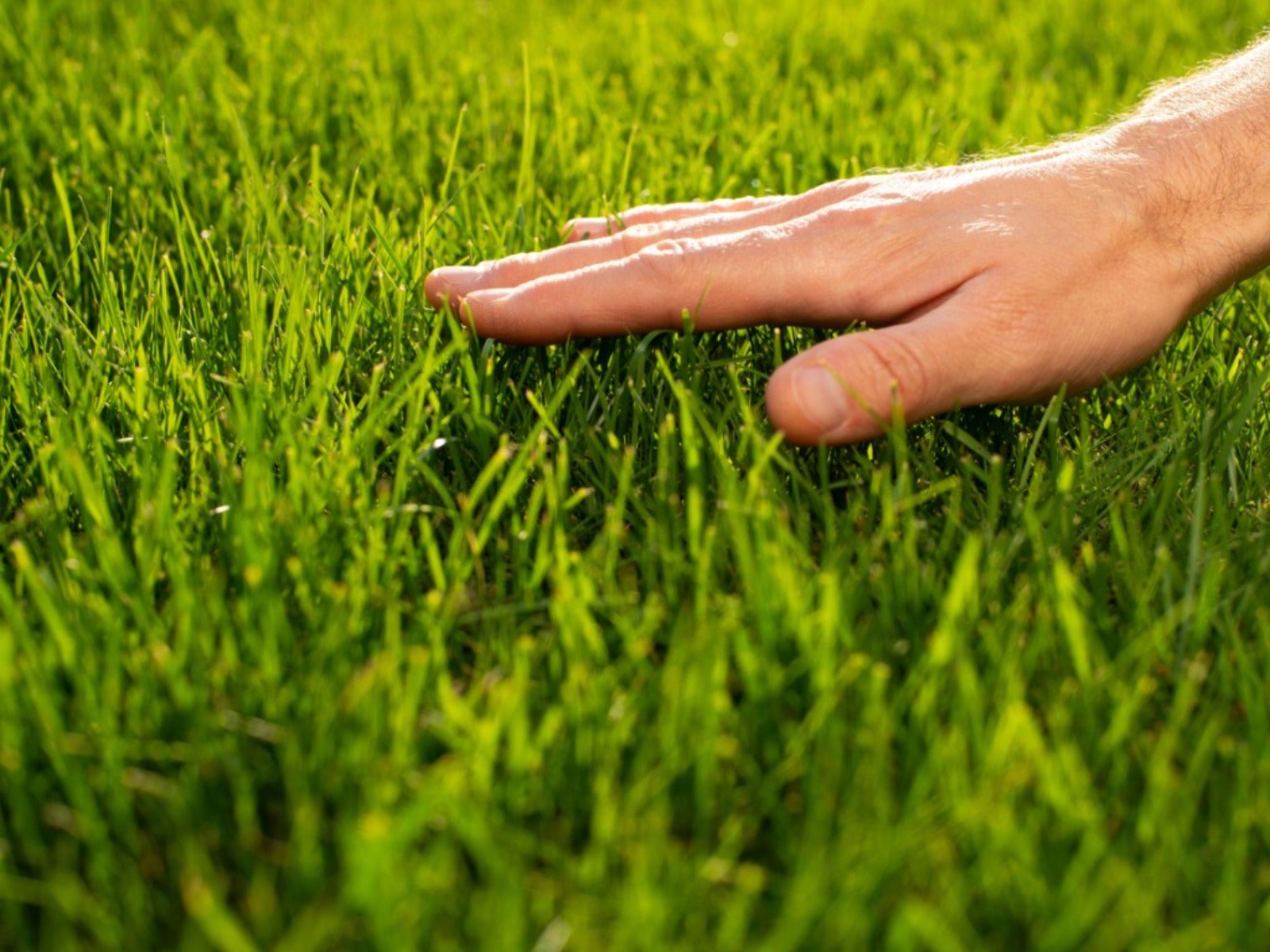 How To Grow A Sustainable Lawn
How To Grow A Sustainable LawnAdjust your thinking about a perfect green lawn and consider more sustainable methods. Click here to learn how.
By Mary Ellen Ellis
-
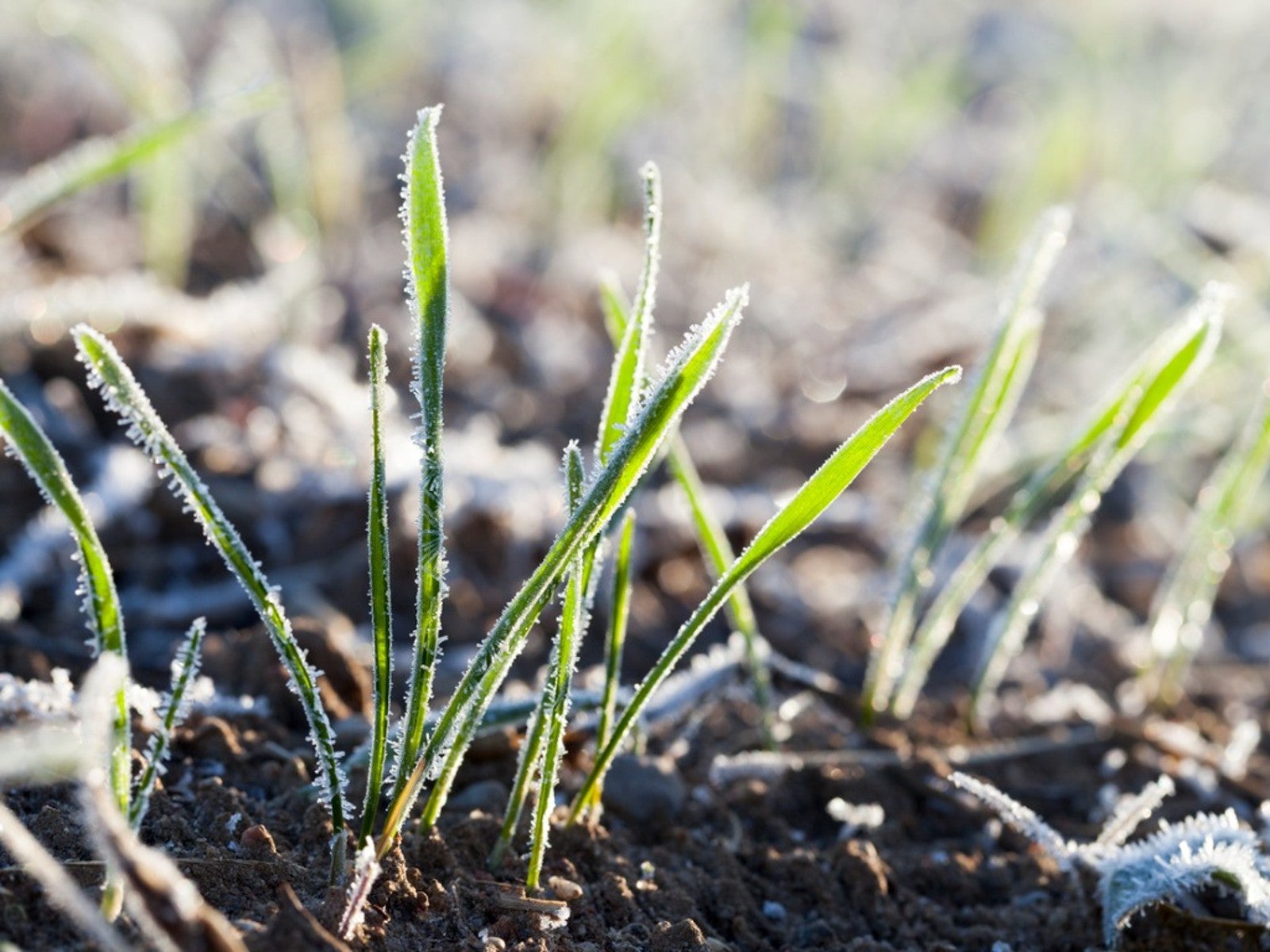 Will Frost Kill Grass Seed And How To Help New Turf Survive
Will Frost Kill Grass Seed And How To Help New Turf SurviveLearn how to help your newly sown grass survive frost and freezing weather.
By Amy Grant
-
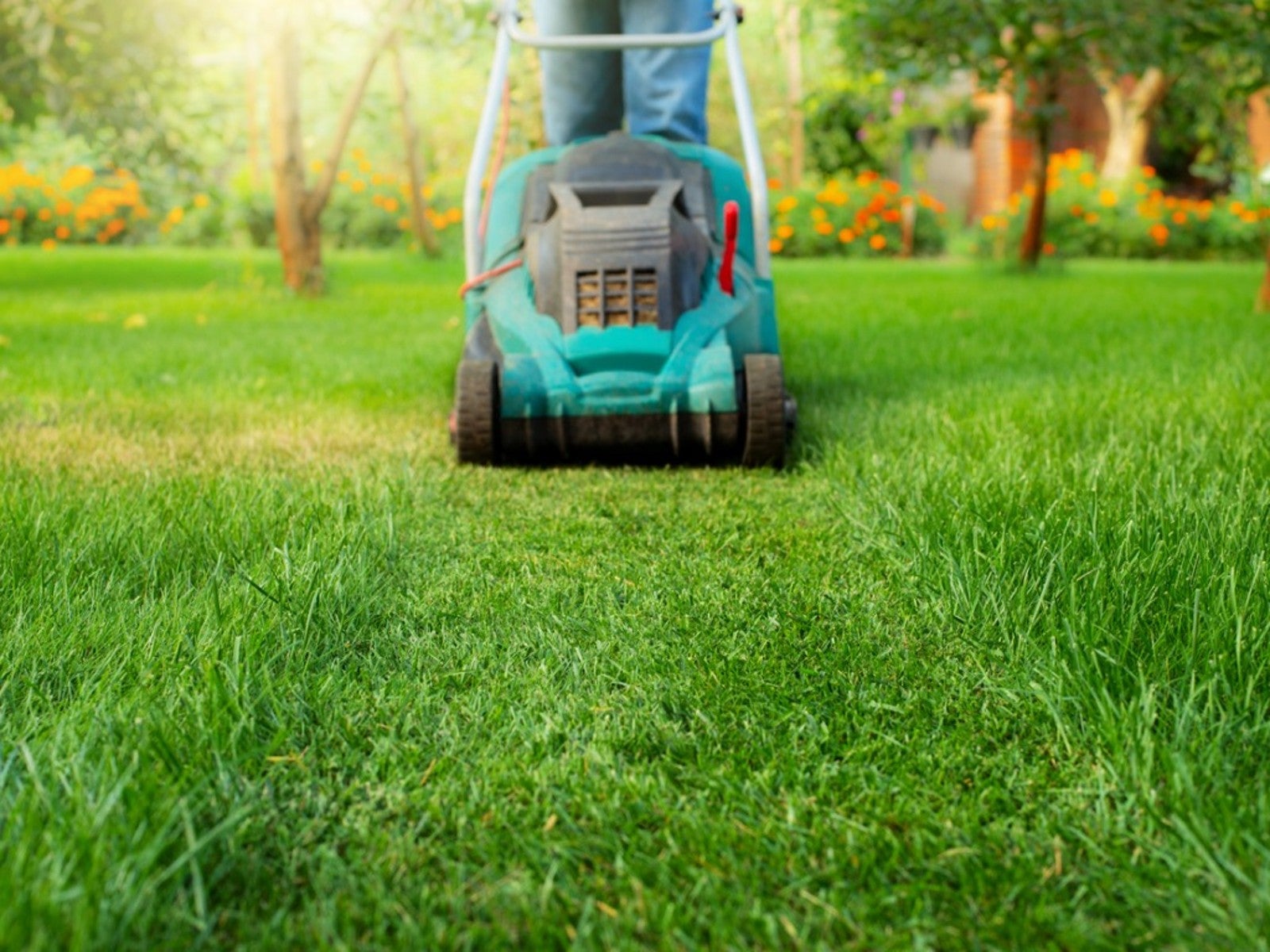 Lawn Problems That Aren’t Really Problems
Lawn Problems That Aren’t Really ProblemsYour lawn may not require as much work as you think. Learn which common problems aren’t really problems.
By Teo Spengler
-
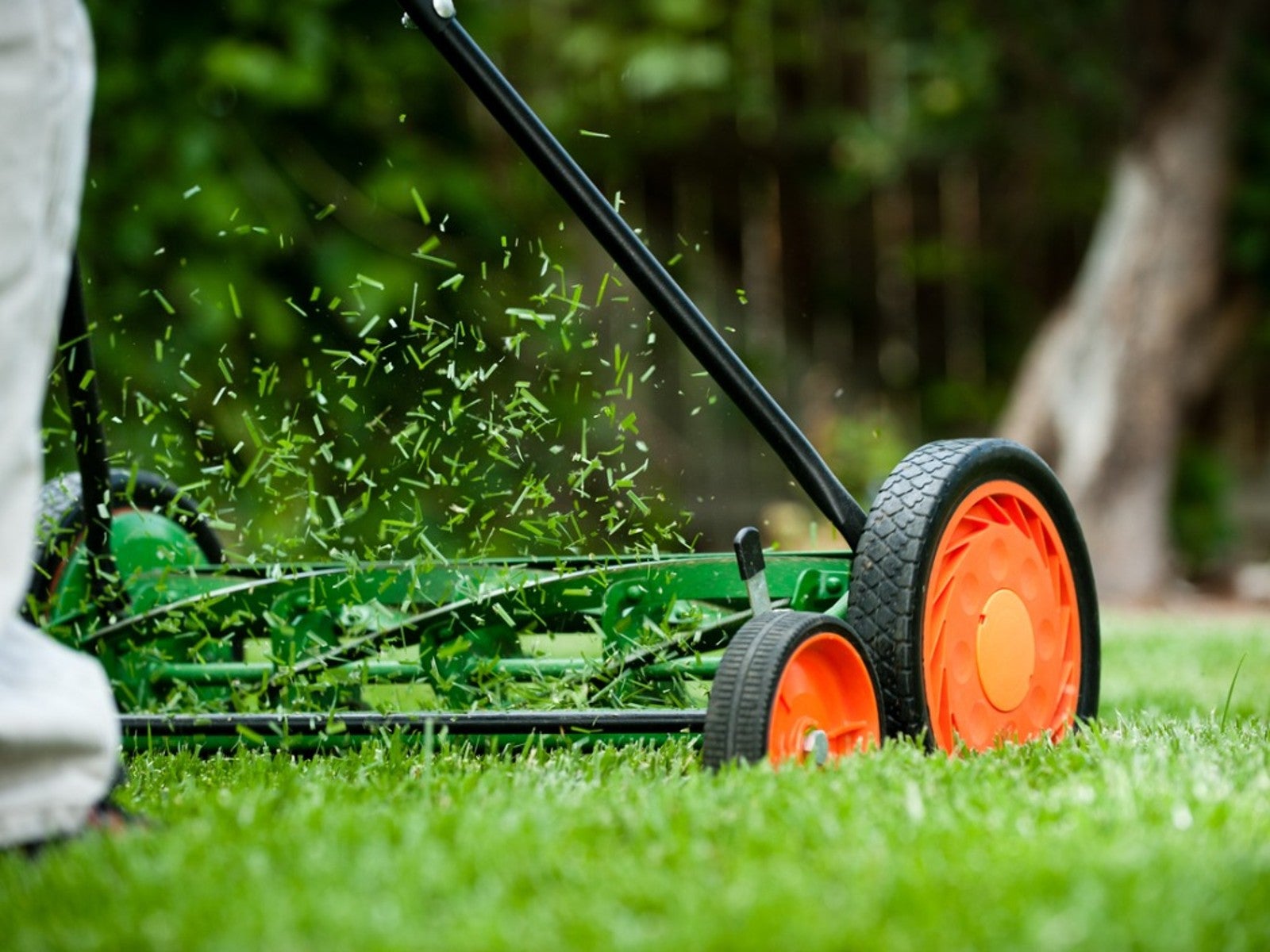 Why A Manual Push Mower Is Good For You And The Environment
Why A Manual Push Mower Is Good For You And The EnvironmentReel mowers are making a comeback, but why? Click here to learn about reel mower pros and cons.
By Amy Grant
-
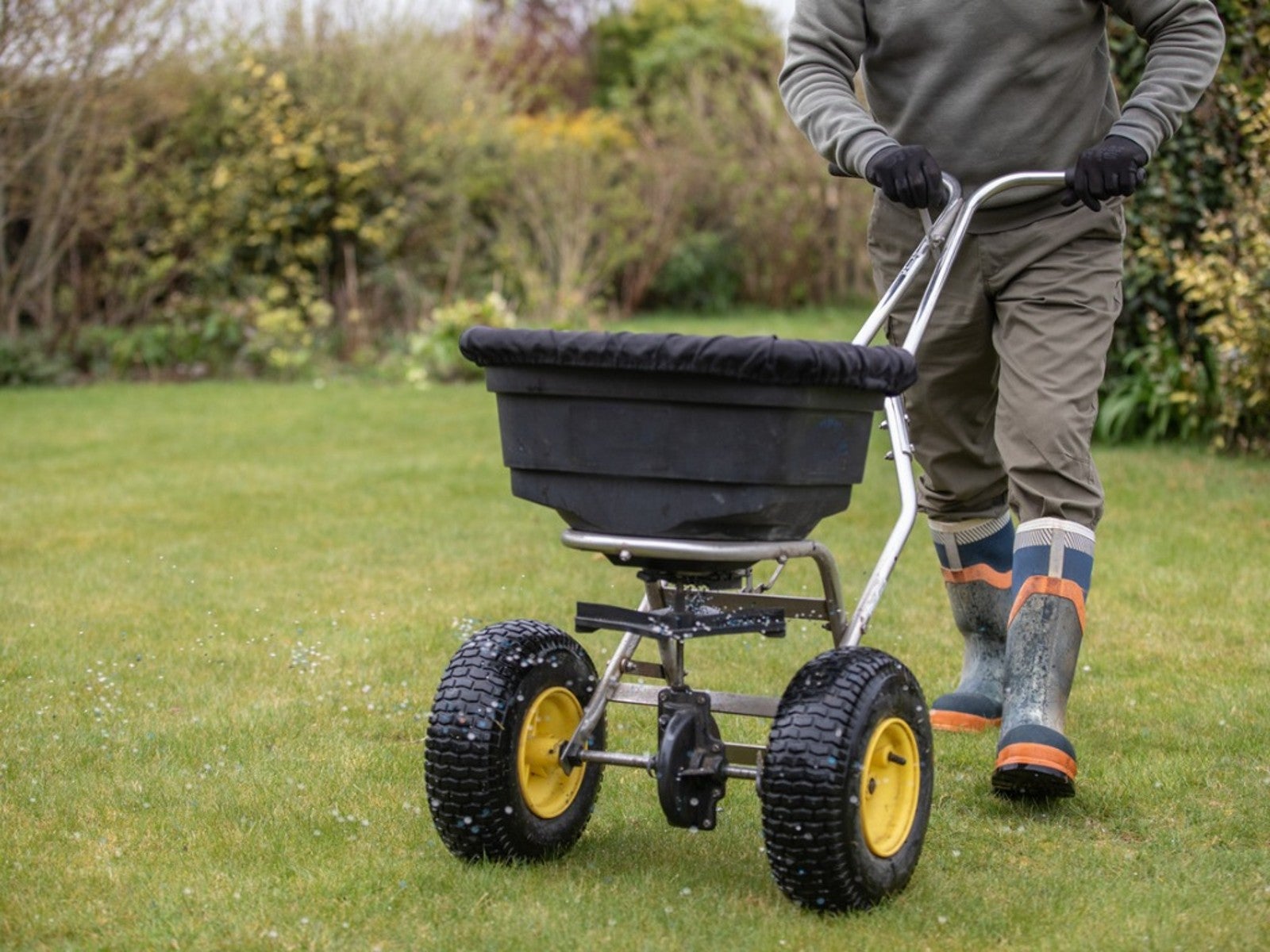 Fertilize Grass In Fall For A Lush Lawn In Spring
Fertilize Grass In Fall For A Lush Lawn In SpringFor everything you need to know about fertilizing your lawn in the fall, click here.
By Susan Albert
-
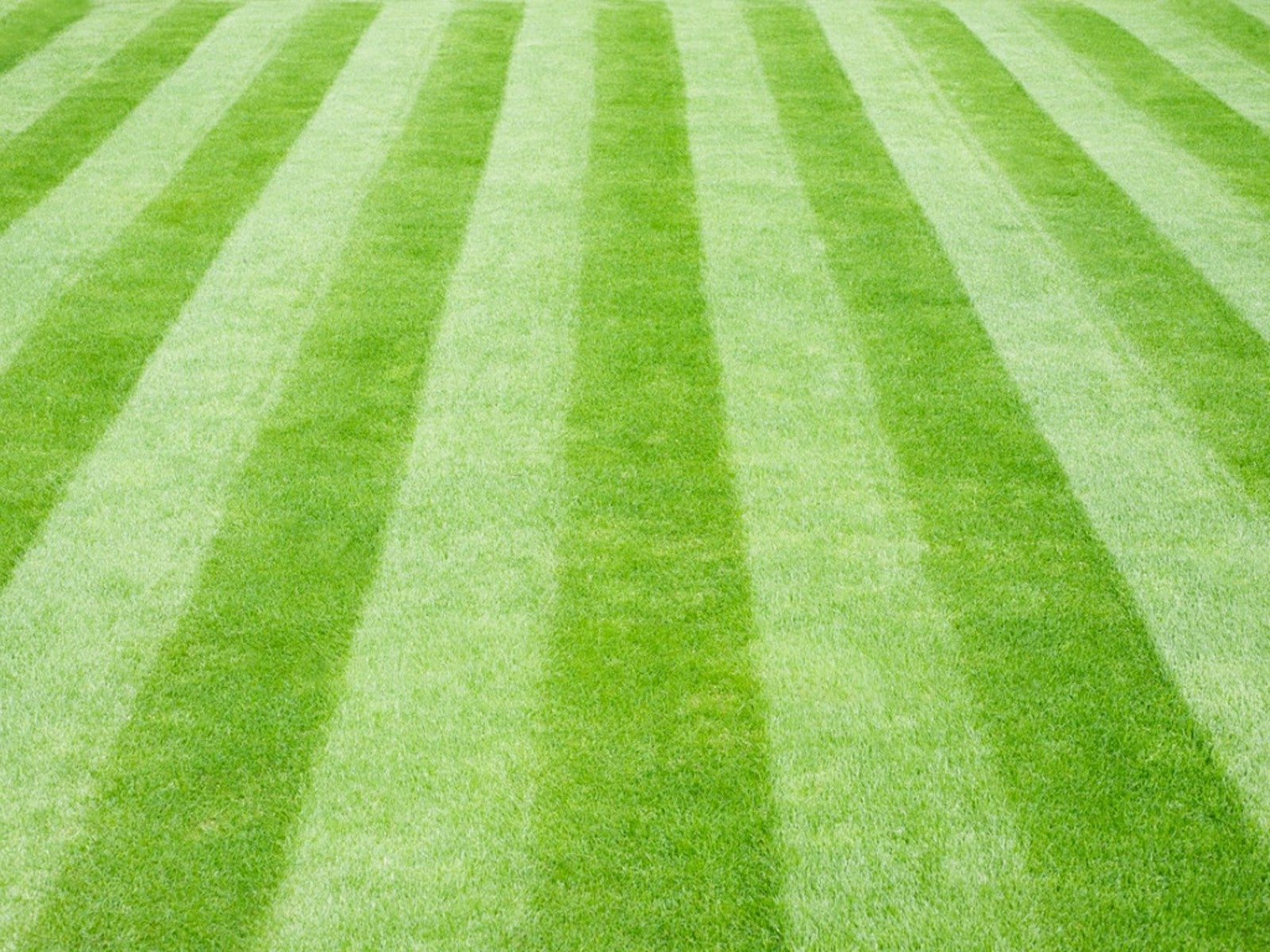 Tips For Mowing Stripes In Lawn
Tips For Mowing Stripes In LawnWouldn’t it be great to have stripes in your lawn like a sports field? Learn how here.
By Susan Albert
-
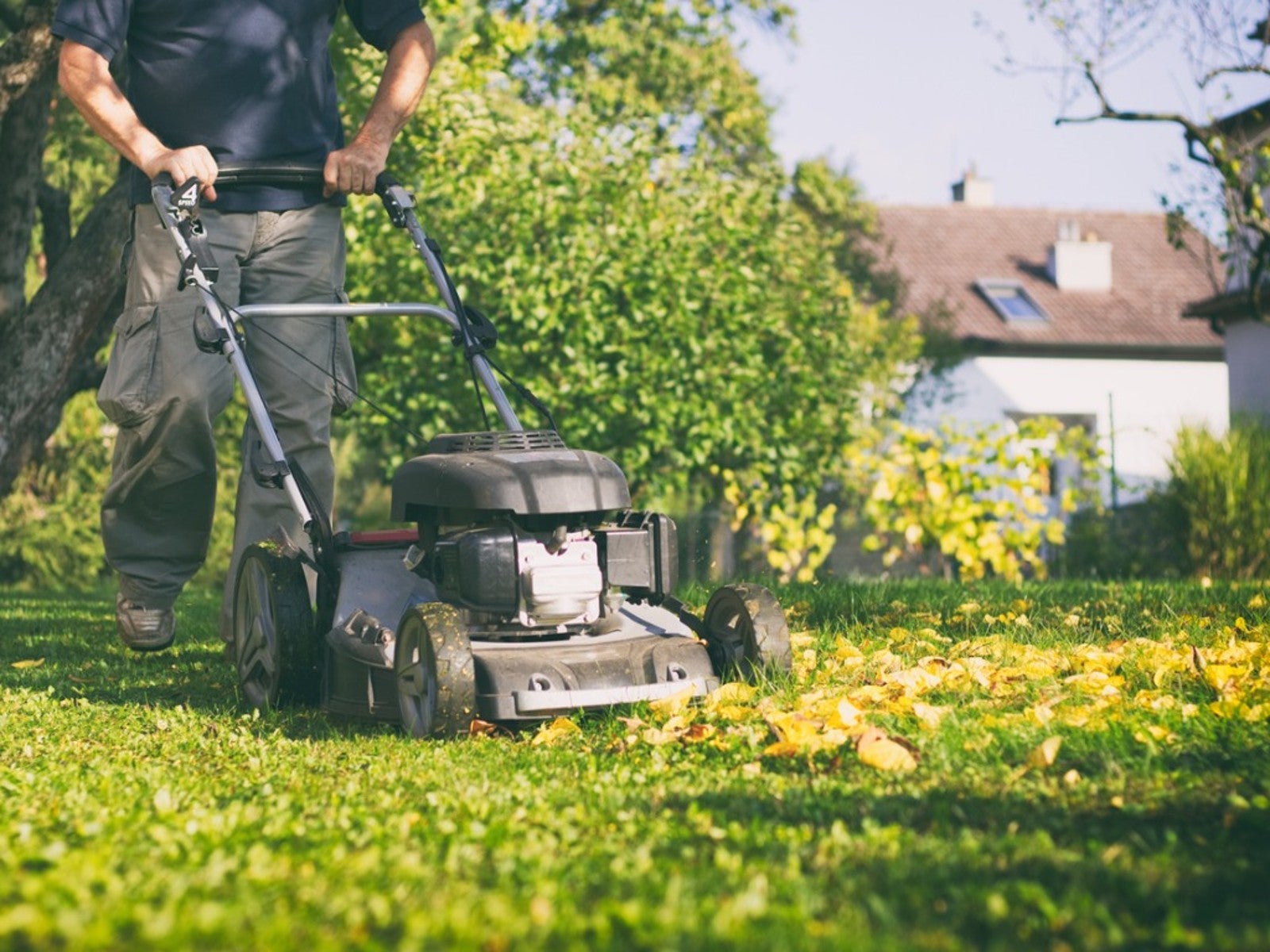 Late Summer Lawn Care Checklist
Late Summer Lawn Care ChecklistPlan to do some late summer care and maintenance of your lawn so it will be healthy and beautiful in the spring. Here are some tips.
By Laura Miller
-
 How To Cut Grass On A Steep Hill
How To Cut Grass On A Steep HillCutting grass on steep slopes poses some challenges and potential danger. These tips on cutting grass on a hill will make the task easier.
By Bonnie L. Grant